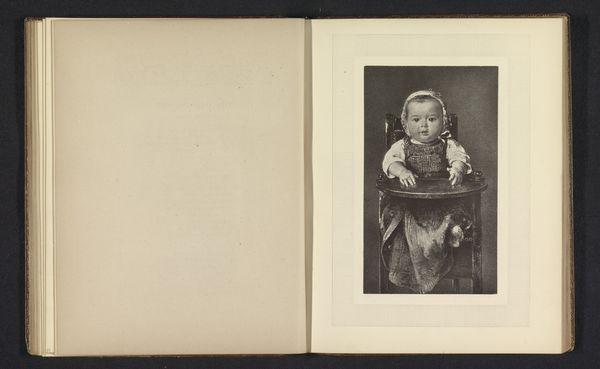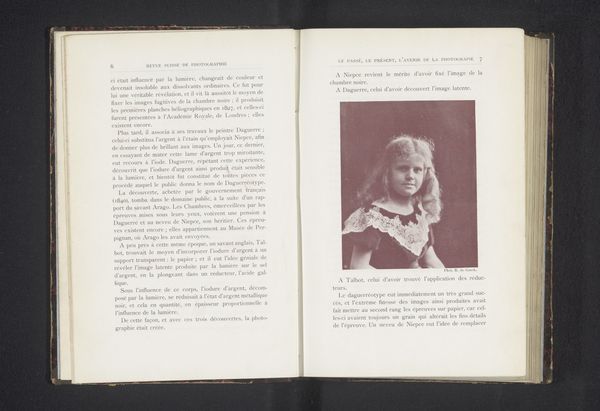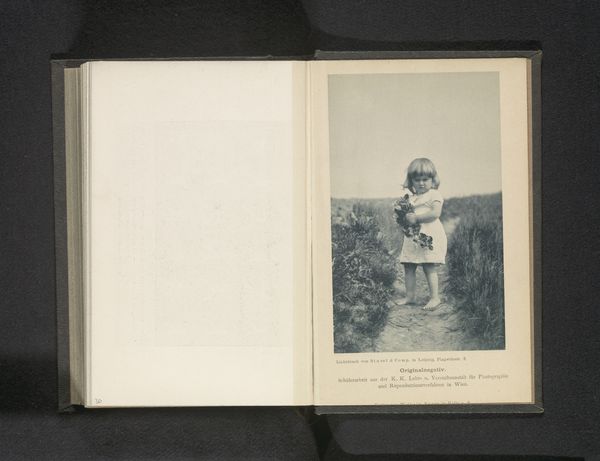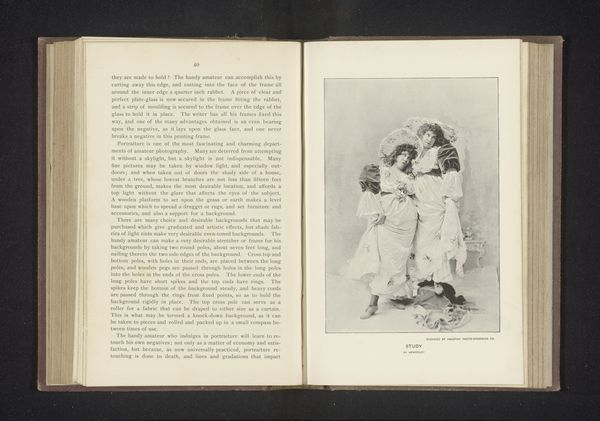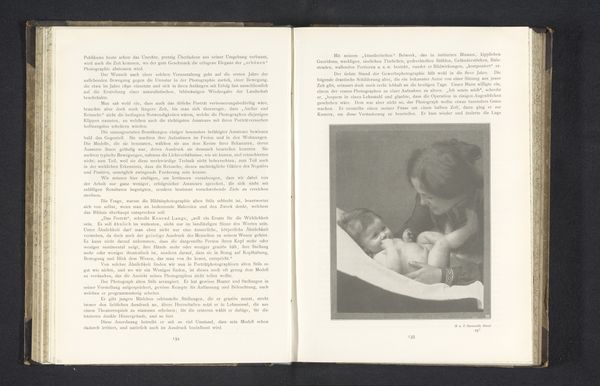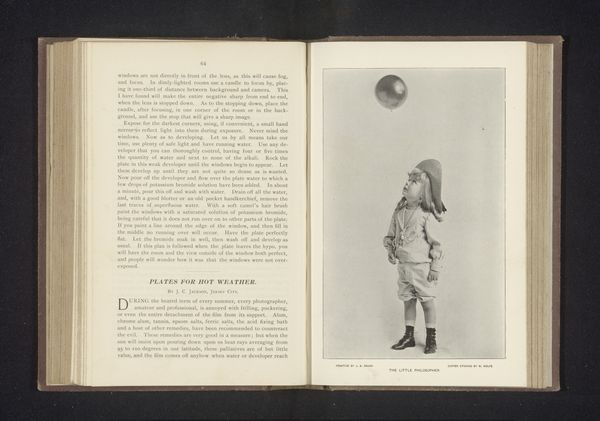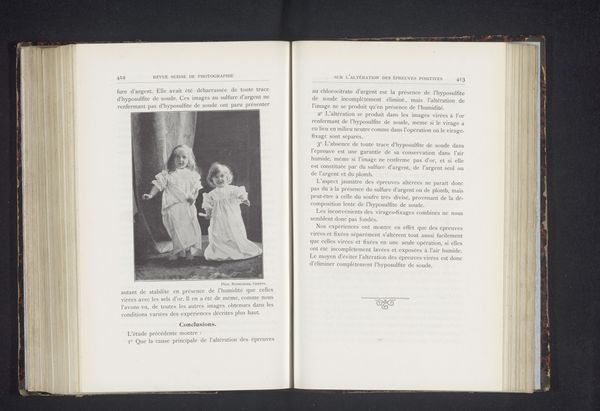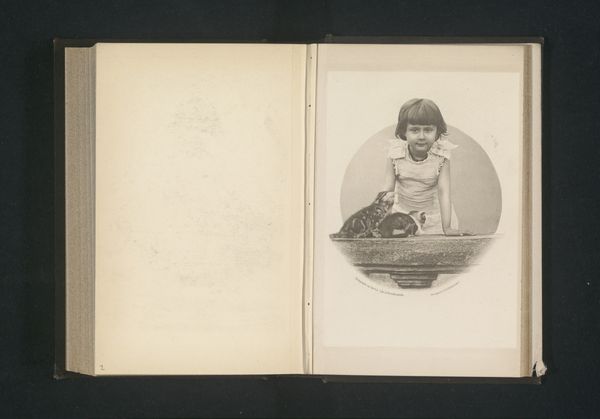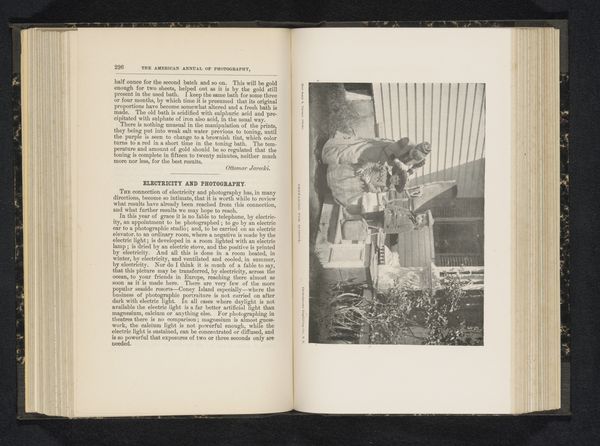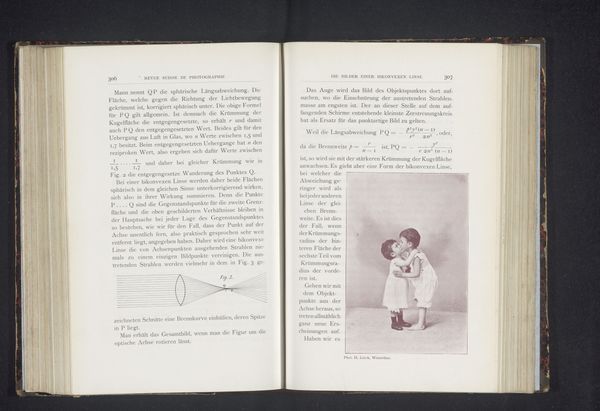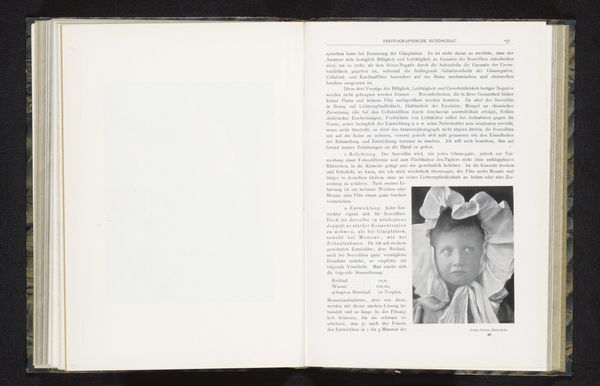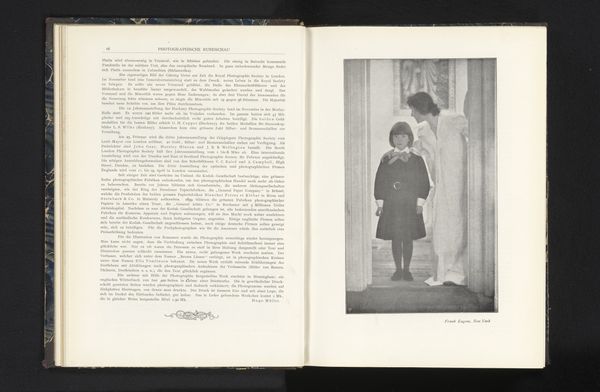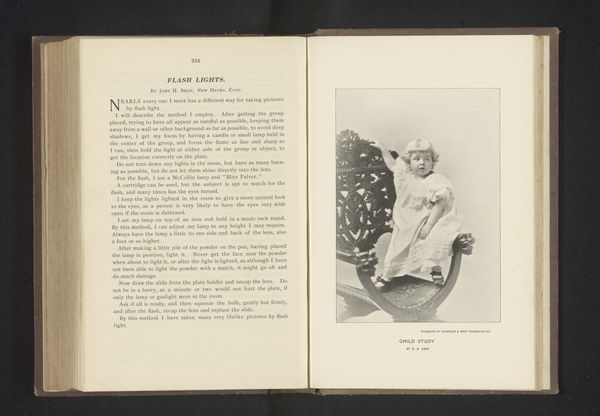
photography, gelatin-silver-print
#
portrait
#
still-life-photography
#
photography
#
gelatin-silver-print
Dimensions: height 141 mm, width 103 mm
Copyright: Rijks Museum: Open Domain
Curator: Today we are examining "Counting Profits," a gelatin silver print from 1894. The photographer is Morris Burk Parkinson. Editor: My first impression is… unease. The stark contrast, the child's intense gaze… it’s captivating, but something feels unsettling. Curator: That’s interesting. Considering the time it was created, and given its themes, "counting profits" likely signifies something beyond literal gain. It's part of still-life photography in the portraiture style and a material analysis reveals that it's a gelatin silver print. This technique allowed for greater tonal range and sharpness compared to earlier processes. We can explore it as both a physical object produced in a specific era, and a visual statement reflecting attitudes towards innocence, labor, and even perhaps social expectation. Editor: The title clashes dramatically with the child's apparent vulnerability. The symbol of childhood innocence is placed directly beside commerce...almost forcing us to question where those themes intertwine. It carries this powerful message. Look at the eyes, the way she holds what seems like… paper? Money? Curator: Yes, it is difficult to separate the photographic process from that time's social conditions. Were such photos frequently posed? Who paid? We can consider if the materiality impacts perception. How might photography changed portrait production and the representation of its subject during the late 19th century? Editor: Those questions of economics and portraiture intersect for sure. It could also symbolize anxieties surrounding societal value: who is valuable? Who benefits? And how are these ideas imparted at such a young age? The visual vocabulary feels loaded. Curator: Certainly the composition, light, and focus emphasize a specific reading, and even through manipulation and process one might perceive how class and value are rendered. Thinking about labor and consumerism through photography is interesting here. The image can only circulate through a capitalist environment, becoming another commodity. Editor: Yes, absolutely. That interplay between art as commentary, and art as commerce itself…it adds layers of interpretation, revealing complexities within the photograph. Curator: Precisely, the work reminds us of these often paradoxical qualities in art creation itself. Thank you for helping me with that insight. Editor: It was my pleasure, you also provided a richer way to look at this photo through different sets of lenses.
Comments
No comments
Be the first to comment and join the conversation on the ultimate creative platform.
